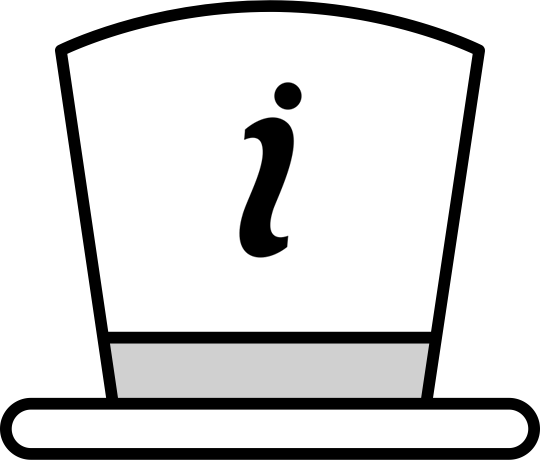BIOLOGY
Limitations of PCR De Bono hats









What information is available?
What further information is required?
The polymerase chain reaction is the repeated semi-conservative replication of DNA in a thermocycler.
A sample of DNA is heated to 95°C to split the double stranded DNA into single strands.
Then cooled to 55°C the primer anneals to the DNA in preparation for the DNA polymerase (Taq polymerase) to catalyse the addition of free nucleotides at the new increased temperature of 70°C.
The amount of DNA is doubled after each cycle, there is an exponential increase in the amount of DNA producing large quantities in a short time.

Considers the feelings or emotions involved.
There is a real fear that someone's DNA could be planted at a crime scene.
What if DNA arrives at a crime scene by secondary transfer. It does not mean they were there, it’s a frightening thought.
DNA evidence is empirical evidence, more reliable than eye witness accounts a lot of the time.
What if the mutations made during the PCR process create a DNA pattern that incriminates someone totally innocent, or what if it exonerates someone who is guilty?

Considers the positives or advantages.
PCR can produce a billion copies of a DNA sample in 40 cycles.
Each cycle only lasts 120 seconds so this is a rapid technique.
Before PCR copies of genes were made by inserting them into replicating micro-organisms, a much slower process.
PCR can amplify even the tiniest amount of DNA from a crime scene.

Considers the negatives or disadvantages.
Contamination – any DNA (from the air, from handlers, reagents or previous PCR experiments in the same apparatus) can enter the system and be amplified giving false results on DNA found at the scene.
Error rate ̶ every 9000 nucleotides Taq polymerase will make a mistake. However after 30 cycles this increases to 1 in 300 as these are also copied mistakes and accumulate quickly.
Compounds such as phenolics from plants, denim blue dye and haem products act as inhibitors in PCR.
There are limits on amplification by PCR. After 20 cycles it slows because:
Reagent concentrations limit the reaction.
Enzyme denatures after a few cycles through 95°C.
So much DNA is produced after a while when the DNA strands are separated they re-attach to each other rather than annealing.

Creative thinking, considers alternatives.
DNA evidence could be used only to give supplementary evidence in criminal cases as worries about contamination or limitations of the PCR process mean convictions on DNA evidence alone are not feasible.
New methods e.g. disposable apparatus for PCR will prevent some forms of contaminations.

Controls the process and summarises the findings.
Darran states that now we have PCR, which can amplify tiny amounts of DNA found at a crime, we can use this DNA analysis as forensic evidence.
Gloria disagrees as there are far too many limitations to the PCR process.
DISCUSS